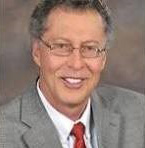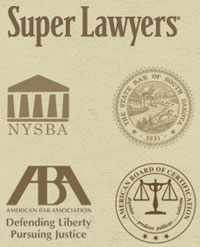In this opinion piece I discuss the recent case of a South Dakota farmer criminally convicted for setting drain tile on land subject to a federal wildlife easement. The defendant was charged with destroying real property of the United States because he drained and caused to be drained, without the authority and permission of the government, lands under a federal wildlife easement. The law referred to is the so-called disturbing protected wetlands law. In this Brookings County case the U S Attorney at the behest of the US Fish and Wildlife Service indicted the farmer for setting drain tile on land subject to an existing wildlife easement under which easement rules tiling was a prohibited act. The farmer was convicted after a jury trial, but not on the charge in the government’s indictment. The farmer has appealed the case. The appeal is pending.
The jury found the defendant guilty of an offense lesser than that charged by the filed criminal indictment. The farmer’s defense suggested he thought he had approval from the government to do the tiling after he had requested approval. The jury found the defendant guilty of “disturbing protected wetlands of the United States.” The jury did not find the defendant guilty of the indicted charge of knowingly disturbing protected wetlands of the United States.
I do not presume to pass judgment on whether the defendant was guilty of criminal charges. I opine here on the process. Prosecutorial discretion refers to the recommendation of an agency and a prosecutor’s decision to charge out a crime. Even though the Constitution does not declare who may prosecute or under what circumstances, the U S Supreme Court opined that a government’s decision to prosecute or not prosecute, whether through civil or criminal process, is a decision left to the government’s absolute discretion.
How was the public interest served by pursuing a felony indictment and conviction in this case? Protected wetlands law is a valuable, modern environmental management tool. There are important benefits to modern land-management and waterfowl production laws. Similar land preservation laws have been in effect since I was a kid. I have seen the worth these agricultural and environmental programs provide. Nevertheless the true merit of such laws and the defined prosecution of a case under such laws are separate matters. South Dakota real estate rights should run both ways.
A prosecuting attorney considers the recommendation of an agency and has the legal authority to decide whether or not to bring criminal charges, to determine the nature of any charges and to give a sentence recommendation after a conviction. This legal authority is one of the most significant powers held by the executive branch. In our society a prosecutor does not have to justify to the public its reasons for deciding to proceed or not proceed in a criminal matter.
In prosecuting a criminal case, among the factors a prosecutor considers is whether the public’s interest in a problem could be addressed by other available civil or regulatory remedies. The government may weigh and implement other non-criminal remedies in deciding how to proceed.
After the conviction in this case the prosecutor said that requiring the defendant to restore the wetlands sends an important message. One cannot fault a prosecutor who is attentive to environmental issues. Yet in the Brookings County case the jury did not find a knowing violation of the law. Could the message have been sent by other means? Could a required wetlands restoration and a civil proceeding have been taken against the farmer? Could the government have enforced its rights civilly under the legal terms of the easement? I am want to paraphrase a famous American admiral: It is better to sin against God than to sin against a bureaucracy.





